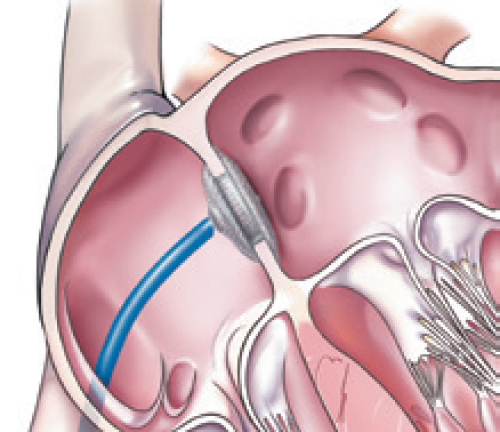
Before we are born, a hole between the upper chambers of our heart called a foramen ovale allows oxygenated blood to circulate until we have working lungs. Usually, this hole seals over naturally in the first few weeks of life.
To continue reading this article or issue you must be a paid subscriber. Sign in
Subscribe to Heart Advisor
Get the next year of Heart Advisor for just $20. And access all of our online content - over 2,000 articles - free of charge.
Subscribe today and save 38%. It's like getting 5 months FREE!





